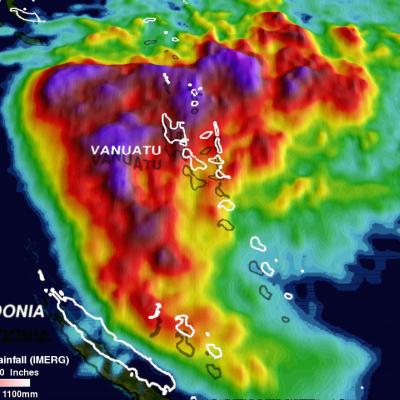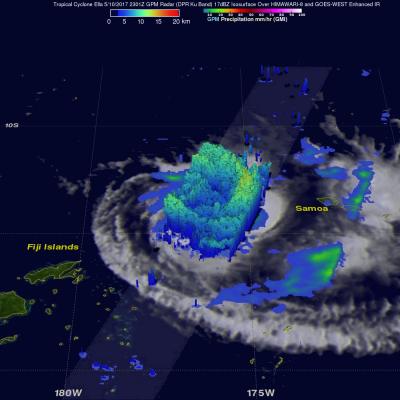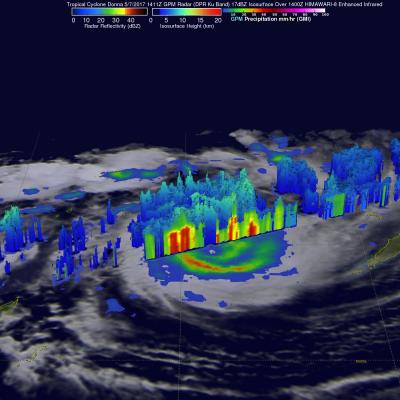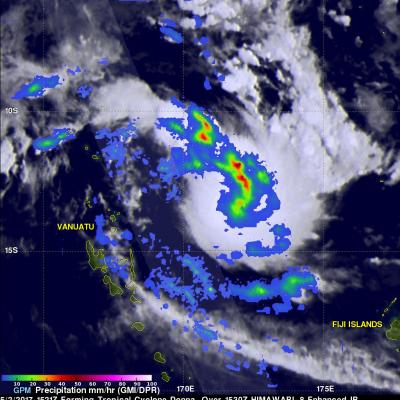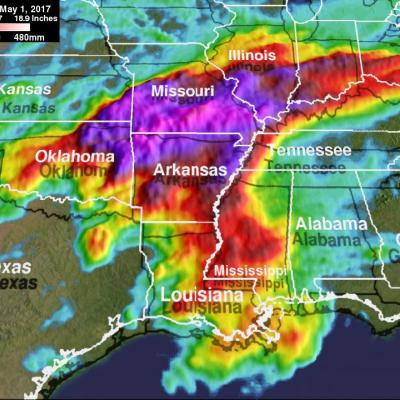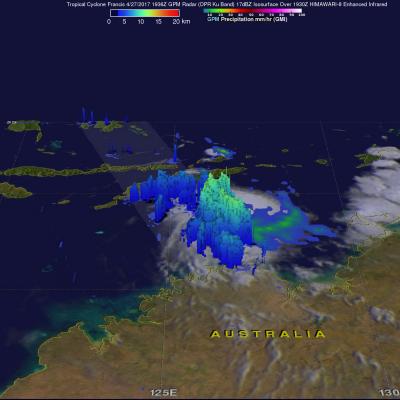PPS Releases GPM V05 DPR L1-L3 and Combined L2- L3 Data
PPS is releasing GPM V05 DPR L1-L3 and Combined L2 and L3 V05 data products today, Wednesday May 17, 2017. This V05 data will be available beginning with May 01, 2017 data and forward. The DPR Level 3 monthly products will be released when validated. Reprocessed V05 DPR and Combined data for March 2014 through April 2017 will take several weeks to complete. This data will appear in PPS's arthurhou archive as we reprocess (6 to 8 weeks - estimated completion time). Registered users can obtain data from: ftp://arthurhou.pps.eosdis.nasa.gov/ and can order this through STORM: https://storm.pps


